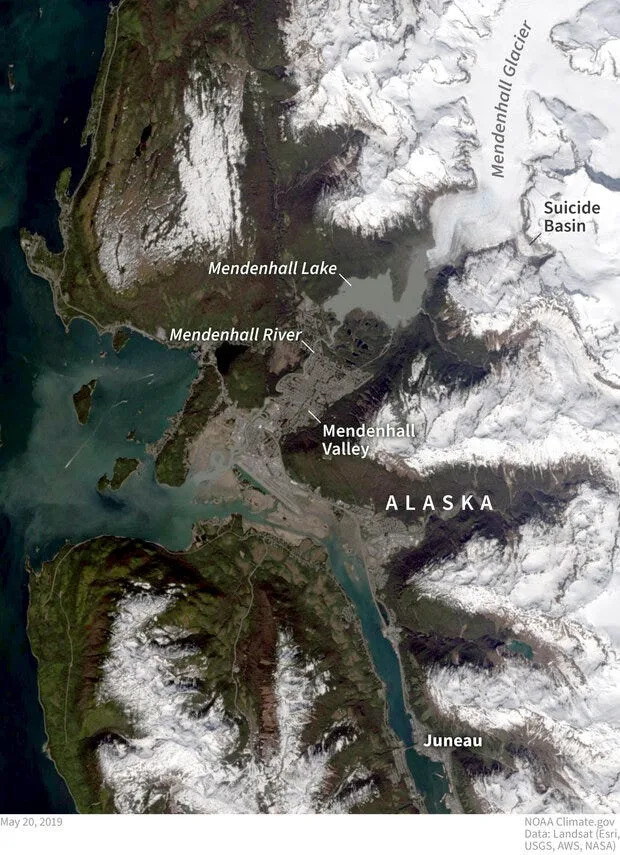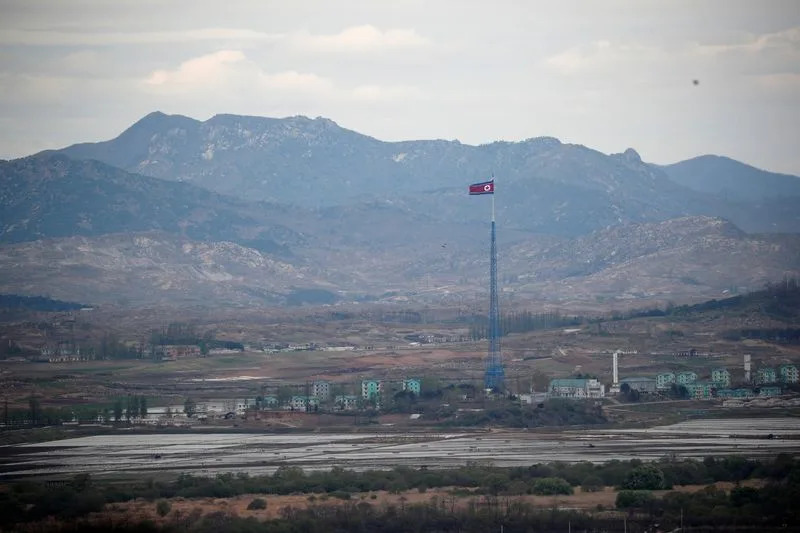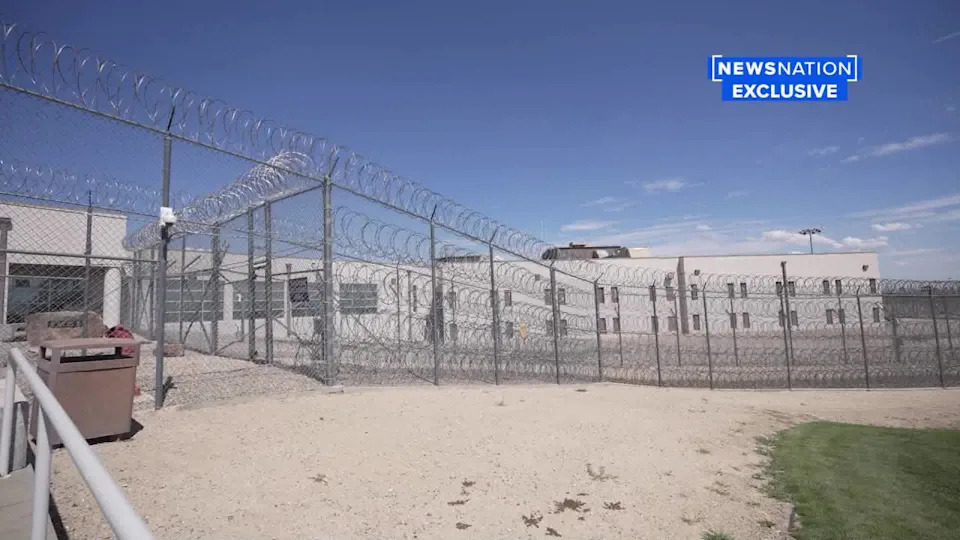Timelapse video captured the dramatic increase in water level at a glacial lake near Alaska's capital city of Juneau, which was bracing for flooding after a "glacial outburst" inundated a nearby river.
It's the third consecutive year that significant summer glacial flooding has threatened parts of the city of more than 30,000, as authorities warned Wednesday morning, Aug. 13, that the Juneau area would remain in "major flood stage area for several more hours."
Scientists say each flood, including the current one, were all due to climate change. Alaska is warming faster than any other state, and its many glaciers are among the fastest melting, or retreating, glaciers on Earth, according to the National Oceanic and Atmospheric Administration.
Watch: Timelapse video captures dramatic water level increase
Video footage captured rising water levels from July into August at Mendenhall Lake and a lake roughly 2.5 miles north of Nugget Creek.
'Glacial outbursts' have become more common in area
Glacial lake outburst floods in Mendenhall Valley, where the majority of Juneau resides, have become a yearly occurrence since 2011, NOAA scientists say, as a once ice-covered basin formed from a retreating glacier above the city regularly fills with rain and snowmelt, similar to a lake.

In this case, the Mendenhall Glacier north of Juneau acts as an ice dam for the meltwater that fills the basin, named Suicide Basin, but fails each summer amid higher temperatures. It gives way and sends waters that have collected in the Suicide Basin to drain past the glacial dam and empty into Mendenhall Lake and Mendenhall River, increasingly leading to major flooding.
As of the latest updates from the National Weather Service, Mendenhall River levels surpassed what was seen in 2023 and 2024, when a similiar glacial lake outburst flood, or GLOF, events set records and damaged dozens of homes and structures.
As of 8:30 a.m. local time, the river stood at 15.92 feet and was falling after reaching 16.65 feet about an hour prior, according to monitors at the National Weather Service. City officials said in a statement that affected areas downriver would remain in major flood stage area for several more hours.
City officials said in statements to social media that power has been cut to swaths of the city and said it will be restored once flood waters recede.
During the 2023 flood, Mendenhall Lake reached a peak water level of 15 feet, and in 2024, it rose a foot higher to 16 feet. In the 2024 flood, which broke records at the time, scientists with the the University of Alaska and the U.S. Geological Survey said river flow jumped to 42,000 cubic feet per second − a 25% increase − about half the flow rate of Niagara Falls.
Gov. Mike Dunleavy issued a preemptive disaster declaration on Aug. 10, citing the devastation caused by "glacial outbursts" in 2023 and 2024.
Juneau city officials, with federal assistance, installed emergency flood barriers over the past year along more than two miles of riverbanks in areas considered most at risk of overflowing from these glacial lake outburst floods. Although the new barriers are designed to hold back a flood of this potential magnitude, officials asked some residents to evacuate as a precaution.
Official updates and resources are available at juneauflood.com and mergency preparedness information can be found at ready.alaska.gov.
Contributing: Trevor Hughes and Jeanine Santucci, USA TODAY; Reuters
Kathryn Palmer is a national trending news reporter for USA TODAY. You can reach her at [email protected] and on X @KathrynPlmr.
This article originally appeared on USA TODAY: Timelapse video shows glacier lakes rise, causing Juneau floods





Comments